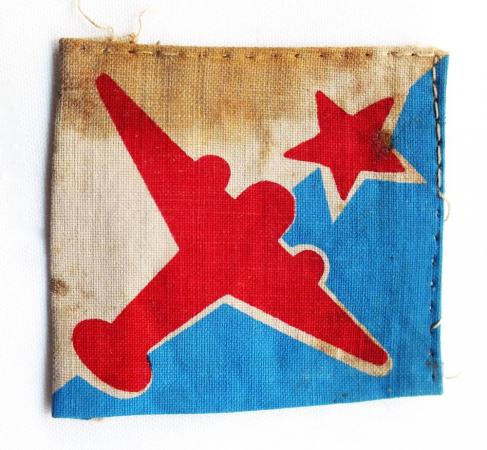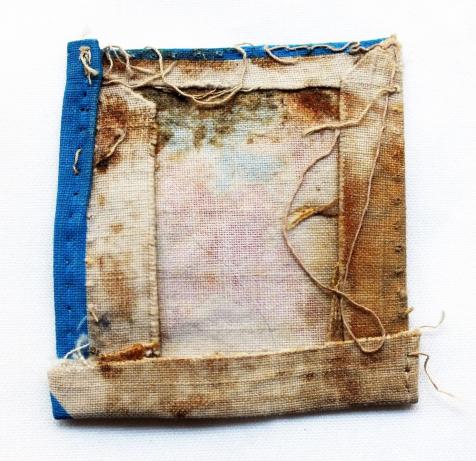WW2 British India Air Signals Formation Patch
Scarce Tunic removed WW2 [India] Air Signals Printed Formation Patch. Staining visible otherwise a good example
21st Signal Regiment (Air Support) & Air Formation Signals History
During the First World War, the Royal Engineer Signal Service provided all ground communications, other than wireless, for the Air Forces in overseas theatres, but in the period between the wars it became clear that the communication needs of the Royal Air Force would be considerable and that special training would be required. The Royal Corps of Signals was formed in 1920, and in 1924 the War Office agreed to create independent Royal Signals units specifically to meet these Royal Air Force commitments. In 1937 these became Air Formation Signals (AFS), and by the outbreak of the Second World War two regiment sized units had been formed and trained.
These two units were among the first to go to France with the BEF on the outbreak of war and by the end of the war over 21,000 members of the Royal Corps of Signals were engaged in providing and maintaining landline communications and a dispatch rider letter service for the RAF in Europe and in the Near and Far East.
After the fall of France, 1st AFS reformed in Northern Ireland to defend against German invasion and 2nd AFS assisted with RAF deployment to repel invasion of Southern England. This role brought about the requirement for radio telegraphy between RAF stations and Army formation HQs: 'Beetle', 'Pandas One and Two'
In 1959, 11 and 12 AFS Regiments merged into 21st and 22nd Signal Regiment were deployed in the Far East but in 1971 they were disbanded, leaving 21st as the only remaining air formation signal unit. Post Cold War draw-down in 1990 sees the now named, 21st Signal Regiment (Air Support) move to its current location in Colerne, Wiltshire in 1992. The regiment consists of 4 Squadrons; 220 Signal Squadron, 244 Signal Squadron, Headquarters Squadron and 248 Queens Ghurkha Signal Squadron who joined 21st Signal Regiment (Air Support) in 2004 to provide trunk communication capability.
Regimental Insignia
The Red Beaufighter superimposed on an Air Formation Signal Unit Flash dates back to June 1940, when the Indian Air Formation Signal Regiments were presented with a Unit Insignia consisting of a diamond shaped badge with a Red Beaufighter and an Indian Star, mounted on
a split light blue and white background. A picture, in the Corps Museum, shows a Signaller wearing this insignia in 1945, whilst serving in France. 21st Signal Regiment (Air Support) remains the only Royal Signals unit to retain the Red Beaufighter as its Unit Insignia.
The Beaufighter was used to symbolise the affinity between the signals units and the Royal Air Force stations and units they supported. The Beaufighter was chosen because, as a Fighter/Bomber, it was the most modern aircraft in operational service at the time.
Code: 51178
42.00 GBP


